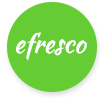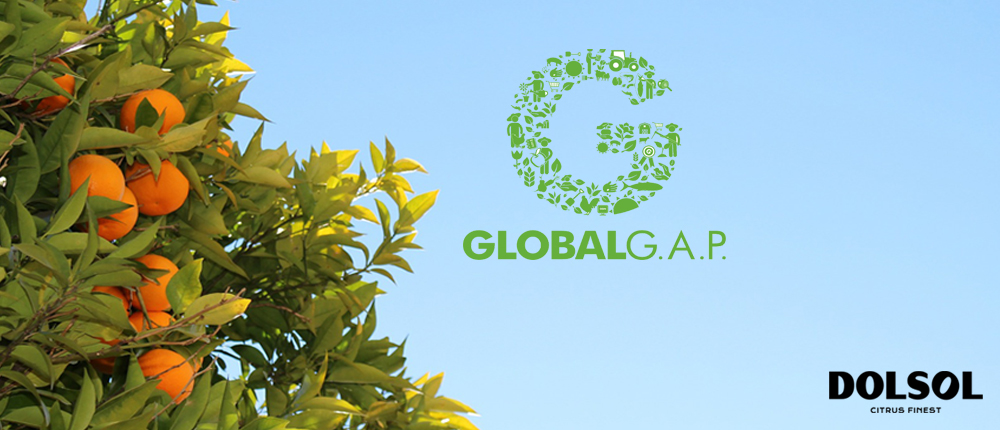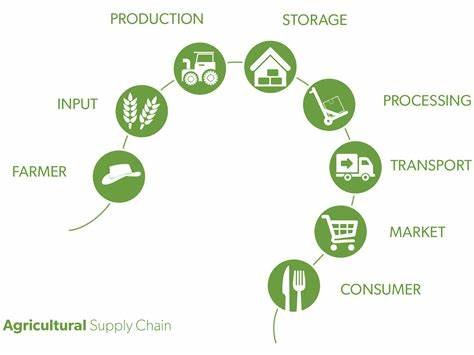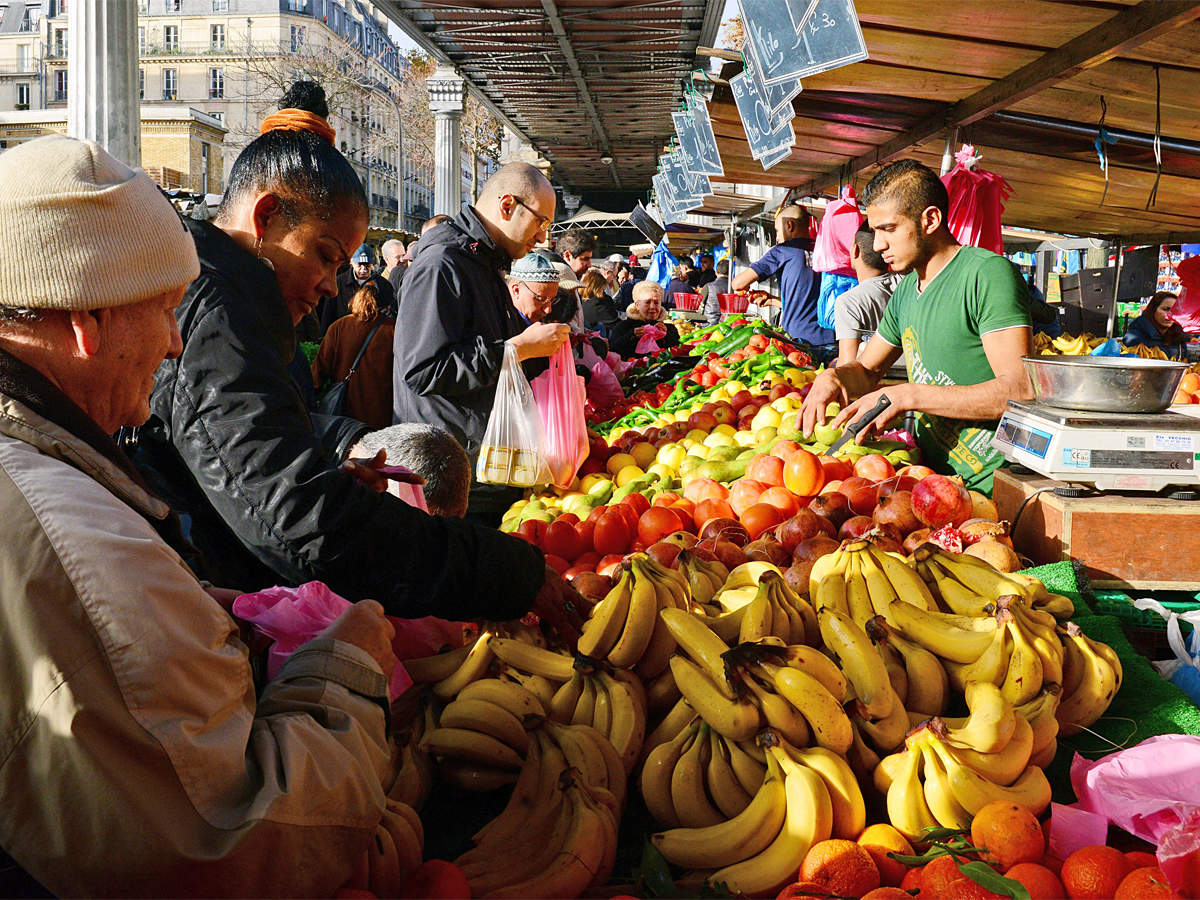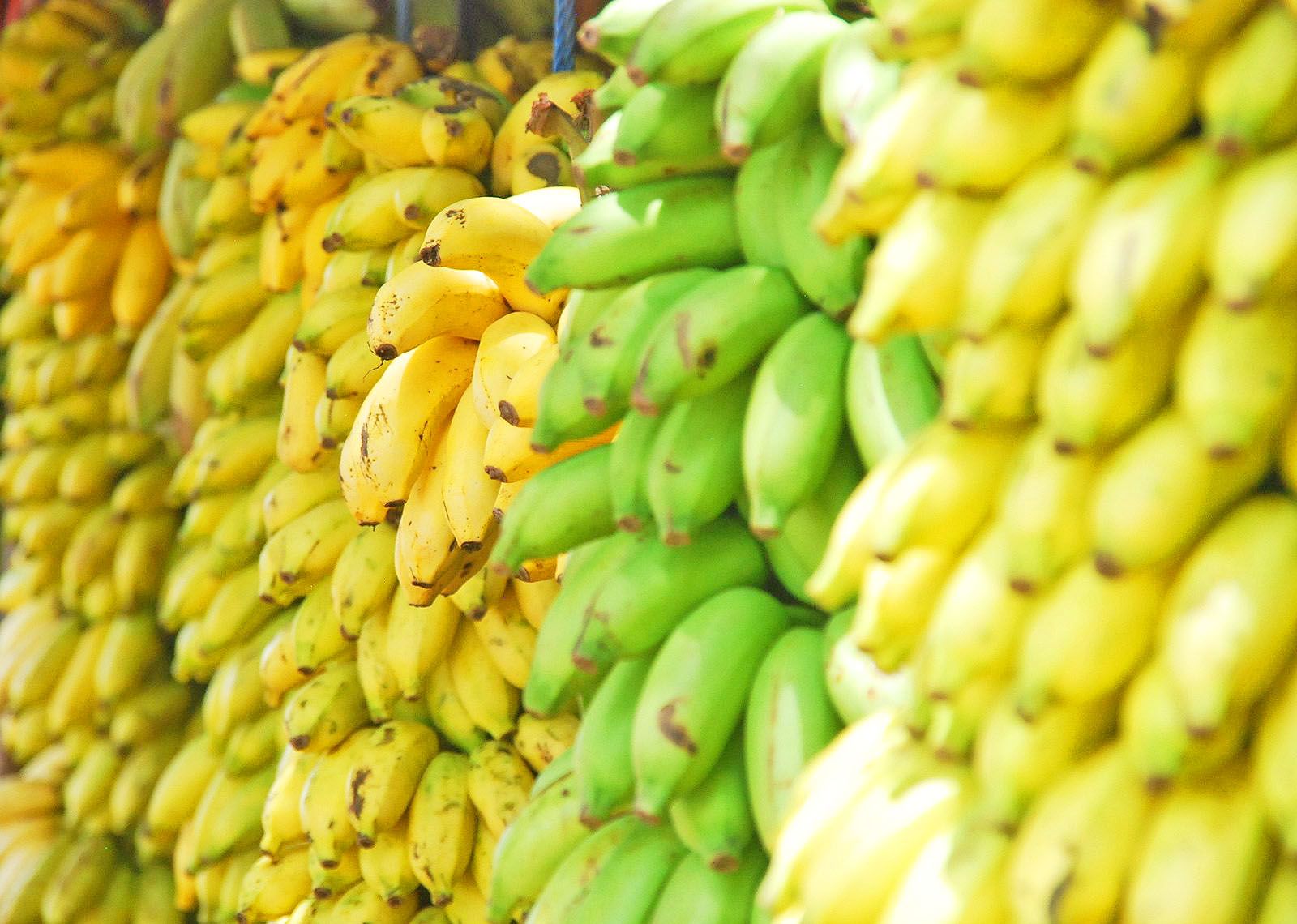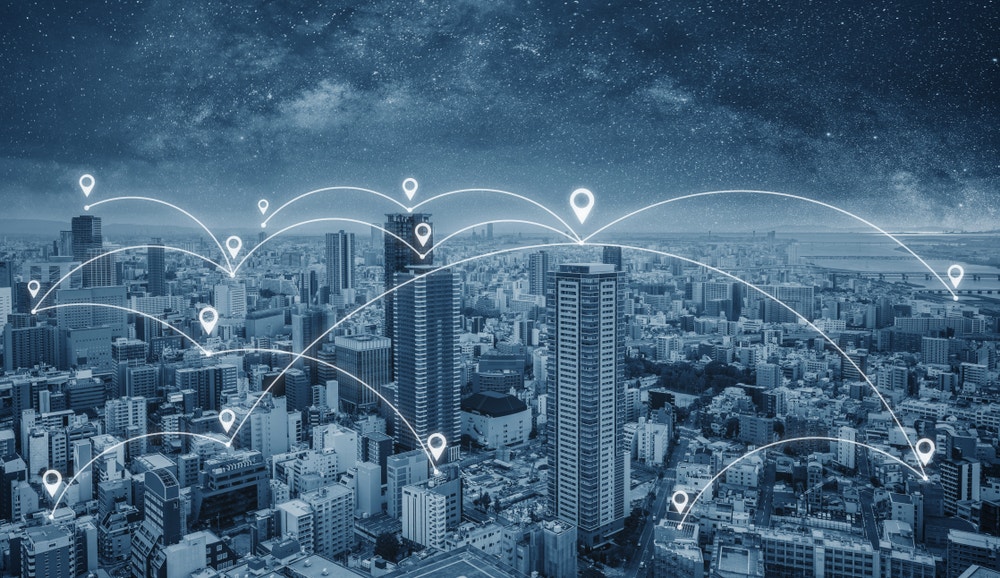 News
, Technology
, Business
, Other
News
, Technology
, Business
, Other
Tech Blockchain: The New Normal for Food Supply Chain Management
Food is vital to our life. It is our single-most important source of nourishment. But what we often fail to realise is that food which provides nourishment can be harmful to us and harmful to the environment.
An estimated 600 million people – almost 1 in 10 of the world’s population – fall ill after consuming contaminated food each year, and 420,000 die. All this while one-third of the food produced globally is wasted or lost because of safety concerns or logistic bottlenecks. Companies around the world are searching for a better way to streamline the supply chain to reduce food waste, increase traceability of food and improve food safety.
Blockchain can be the solution to this problem. It would cut out all the unknowns so that the organisations know what they are ordering and exactly the channel through which it is coming. This kind of transparent supply chain is fundamentally critical when dealing with food.
What is Blockchain?
Blockchain is a shared, distributed ledger on which transactions are digitally recorded and linked together so that they provide the entire history or provenance of an asset. A transaction is added to the blockchain only after it has been validated using a consensus protocol, which ensures it is the only version of the truth. Each record is also encrypted to provide an additional layer of security. Blockchain is said to be "immutable" because the recorded transactions cannot be changed, and transparent because all participants to the trade have access to the same version of the truth.
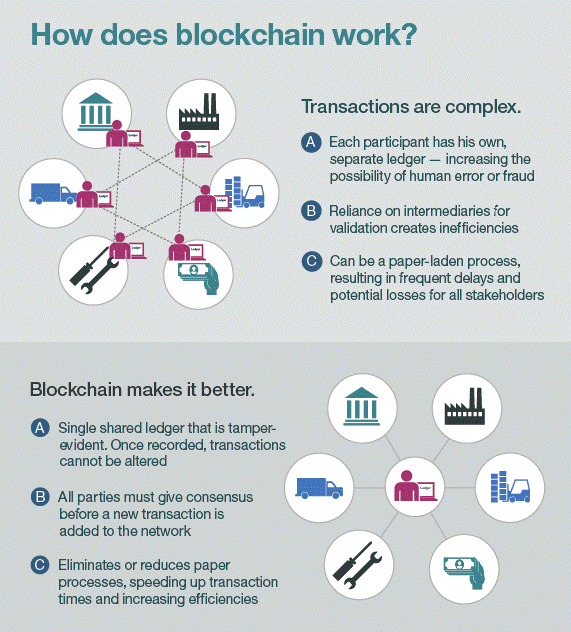
Blockchain and the Food Industry
As blockchain continues to rush towards mass adoption, the food-and-beverage industry is shaping up to be one of the most inclusive industries for this technology. Just in the past few years, a variety of players including mammoths like Walmart, Nestle and Starbucks, have reported progress in their blockchain-powered initiatives.
Blockchain is taking over the F&B industry at an accelerating pace. According to research by Gartner, 20% of the top 10 global grocers by revenue will be using blockchain for food safety and traceability to create visibility to production, quality and freshness. So, what is it about this technology that is appealing to the food industry?
Tracking the Supply Chain
In a vast majority of cases, blockchain is being used by the food industry for tracking purposes so that consumers can be assured that a particular item is what it is claimed to be. Last year Walmart China, enabled by VeChain's blockchain technology, launched its food-traceability platform through a large-scale application of the technology.
Customers can get desired information, including the source of the product, geographical location of production, logistics process, product inspection report and more by scanning the desired product.
Walmart China has given priority to high-risk and high-concern products in the first leg of implementation. It is expected that Walmart China's traceability system will see traceable fresh meat accounting for 50% of packaged raw meat sales, traceable vegetables will account for 40% of packaged vegetable sales, and traceable seafood will account for 12.5% of seafood sales by the end of 2020.
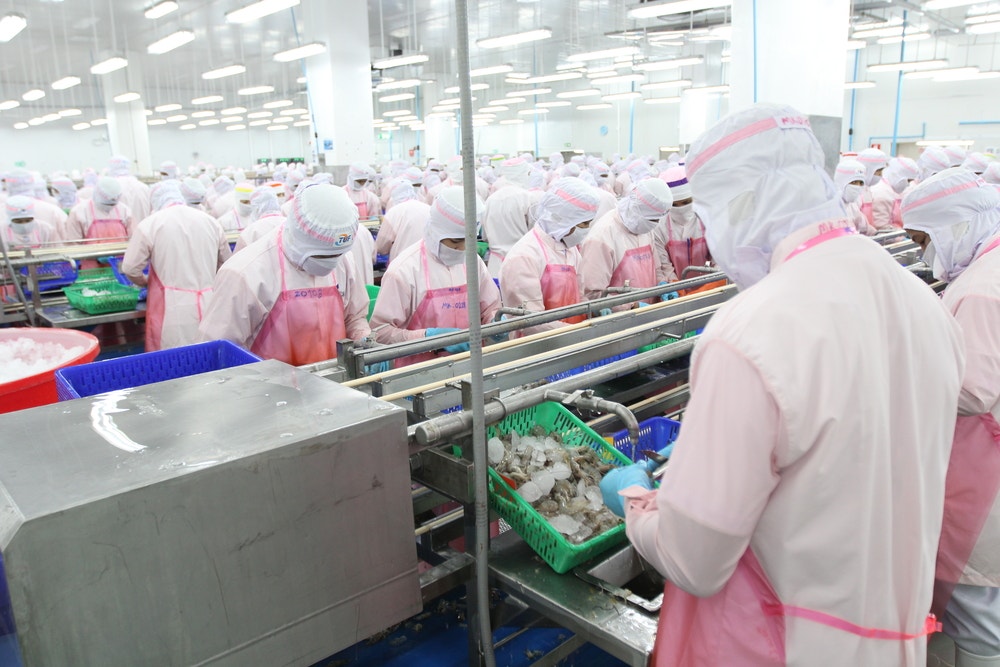
Data Transparency in the Food Supply Chain
The demand for organic and sustainable food is increasing. To meet the demand, companies are trying to embrace the trend by carving out strategies to prove the organic and sustainable nature of their products by providing more data to the consumers.
While a lot of products claim to be organic and sustainable, there is no way to prove those claims. Disclosure of data would hold businesses accountable for farming and trading practices and would support claims like organic, sustainable, freshness and quality.
According to a report published by the United States-based Food Marketing Institute (FMI), public demand for transparency is growing. The report found that 75% of consumers are more likely to buy brands that provide in-depth information beyond what is on physical labels.
Traceability and transparency in the food supply chain will increase food safety and will reduce food fraud.
In 2013, the European food industry was shaken when horse meat was found to be in products which did not list it as an ingredient, a classic example of food fraud.
With the growing implementation of blockchain in the food supply chain, opaque data sourcing is limited to companies reliant on intermediaries and paper-based records. Blockchain implementation will facilitate $31 billion in food fraud savings by the year 2024, according to data from Juniper Research.
Traceability in the food supply chain isn't just to satisfy the whim of consumers. It is a crucial component for the industry at large as it improves food safety. For instance, in 2017 the US FDA investigated a fatal Salmonella outbreak linked to papayas imported from a Mexican farm. To identify the source of the outbreak, they conducted hundreds of interviews and studied various samples in a lab.
Blockchain can reduce the process of finding the responsible suppliers to seconds. By using the technology, stakeholders can trace the corrupt crop to a particular farm and can remove it from the supply chain.
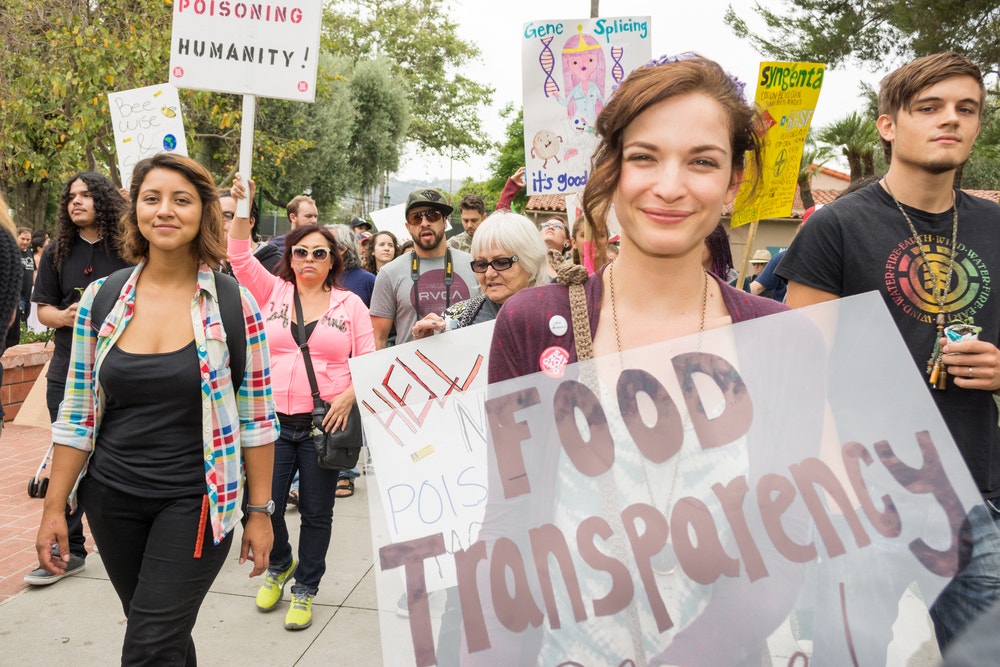
 English
English 